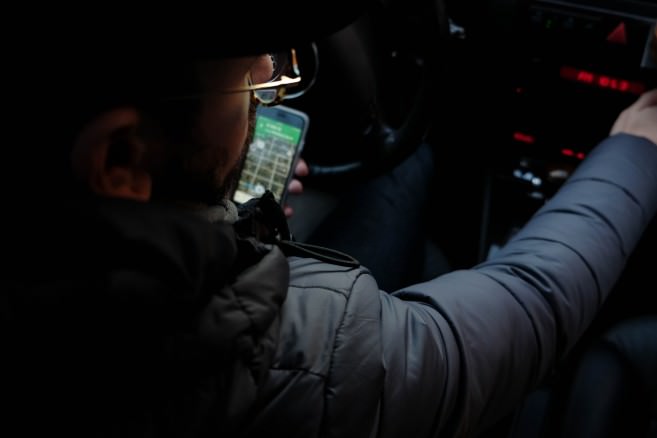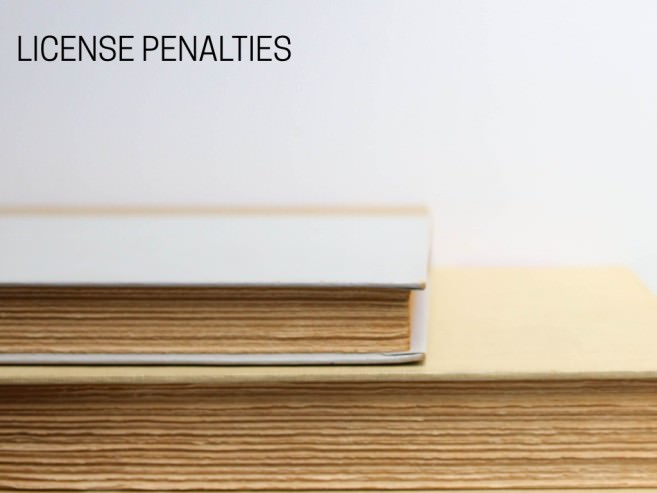 We are experts at removing FTA warrants and license suspensions and keeping you out of court while we do it!
We are experts at removing FTA warrants and license suspensions and keeping you out of court while we do it!
One of the most frustrating experiences for some unlucky drivers is when you find out that the state suspended your license due to a missed court date. The law refers to this offense as a “failure to appear,” or an “FTA” suspension.
These suspensions are imposed daily across the country. The purpose is to solve the problem of drivers failing to show up to court, as it is common for drivers to forget or overlook traffic tickets.
As a result, there are a surprisingly high number of FTA cases in traffic court. And when the court has the authority to suspend your license for missing a court date, it provides a powerful incentive to the driver to return and address the citation.
However, the problem with FTA suspensions is that you are often unaware that you are driving on a suspended license. If you were aware, you would likely have dealt with the ticket immediately.
For this reason, if you are pulled over for a normal traffic stop, it is usually a surprise to learn that, in addition to the new traffic violation, you are charged with driving on a suspended license, also referred to as “no license.” In many cases, the officer will arrest you and impound your vehicle.
How can a driver resolve an FTA on their own?
After you are released from jail, or you learn of your FTA you may want to hire an attorney to do all the heavy lifting. Or you may prefer to see if you can solve the problem on your own.
You will first need to find out which traffic court sent in the FTA suspension to the Department of Driver Services (DDS). The easiest way to do this is to get a copy of your Georgia driving record (for out-of-state drivers this can be a bit tricky).
The FTA suspension should be visible on your driving history, and it should identify which court initiated it. Every court will have a different FTA removal process. For instance, the Municipal Court of Atlanta’s FTA process is wholly unique from any other traffic court in Fulton County.
In some courts, resolving the FTA suspension may be as simple as paying a fine. Depending on the court, however, the suspension will not be lifted until you deal with the underlying citation. That typically means entering a guilty plea.
This part of the process is where things can get tricky. If the underlying citation is a simple, non-reportable traffic offense, then often a guilty plea may have few negative consequences – other than an additional fine. However, in many cases, a guilty plea can have far-reaching consequences, including a new license suspension. And because you missed your initial court date, your opportunity to negotiate a more favorable resolution is limited. This is because the prosecutor is the only one with the authority to reduce the ticket.
And they are often unavailable to consider such requests when you are trying to clear up the suspension with the clerk’s office. Normally, the clerk’s office is open during business hours, five days a week. However, the prosecutor is usually only available during court hours, which may be as infrequent as twice per month.
This is where you can inadvertently make the situation worse. Drivers tend to want to reinstate their license as quickly as possible. But acting with haste at this point in the process can lead to devastating consequences, especially if you are unaware of the collateral repercussions of pleading guilty to the underlying offense.
For instance, if you are under 21 years old, it is likely that a guilty plea to two or more offenses or any single four-point offense will suspend your Georgia driving privileges. Other charges, such as a hit-and-run, will get your license suspended no matter your age or number of points.
Additionally, if you live out-of-state, clearing up a failure to appear suspension can be even more difficult. First, you have to worry about how your home state will react to the Georgia conviction. Second, you have to worry about being at a disadvantage if the court requires you to appear before the judge. Rather than hiring an attorney to appear in your stead, now you have to travel back to Georgia and handle the situation yourself.
FTA license suspensions can be messy or straightforward. The risks often involve unexpected license consequences, as well as time-consuming and painful to resolve. That being said, generally speaking, the sooner you work to resolve the FTA, the easier it will be to close this chapter and move on with your life.
Reinstatement Steps in Georgia
If your license was suspended for FTA (failure to appear) you must:
(1) get a clearance letter from the court or a 912 license reinstatement form; and
(2) submit the form directly to DDS along with the reinstatement fee (the Court will NOT automatically clear up your suspension with DDS – rather the onus is on the driver to submit the paperwork to DDS or your home licensing agency).
For more information, you may contact DDS at 678-413-8400, or call our office if you would like to hire an attorney to help you reinstate your license.

 In other words, you should know exactly how many points you currently have on your license – so that you can know if you should be worried about the accumulation of additional points as the result of this new ticket. Although people often worry about “points” on their driving record, this fear is normally misplaced. Typically drivers assume that their insurance rates will go up if they get any “points.” This is not necessarily true.
In other words, you should know exactly how many points you currently have on your license – so that you can know if you should be worried about the accumulation of additional points as the result of this new ticket. Although people often worry about “points” on their driving record, this fear is normally misplaced. Typically drivers assume that their insurance rates will go up if they get any “points.” This is not necessarily true.